The melon dream of Awelye rituals in its most powerful expression. A tangle of sets and traits, like so many lines of life. Evocation also of the seed of wild melon represented three times under the pattern of a white or bluish circle. A blue and white "Awelye", always on a black background, particularly magnetic where the acrylic patterns are as if electrified by the use of a pure ultramarine, close to a Klein blue, also diluted in more nuanced blues, with the intense scansion in the central part of organic white lines like driftwood. A complex composition punctuated by the song of the bush, the "backwash" of the Awelye, its rituals of fertility and connection to nature. In this pictorial square-format tale of spectacular presence, Minnie Pwerle seems to tell us of the ocean of life surmounting the foam of things. An essential figure in modern Aboriginal art, who died in 2006 while hunting in the bush, Minnie Pwerle, who did not officially create until 1999, at over eighty years old, never ceases to fascinate. And this, in a context of the strong rise of Aboriginal art on the market - defended for several decades by Australian galleries - through international exhibitions within prestigious institutions such as the Royal Museums of Brussels, the Gagosian gallery, the Fondation Cartier, Le Louvre Lens…and of course, the initial contributions of contemporary artists with the Quai Branly in Paris. Participating in the romantic life of Minnie Pwerle, the very date of birth of this major artist, elected in 2003 by critics among the 50 most collected artists of Australian art (and not only Aboriginal art), is not not formally established, experts place her birth between 1910 and 1922, and some in 1918. Legend also has it that Minnie Pwerle was so coveted that she was kidnapped by collectors leading her to create works for them. Quickly, the sure gesture, the powerful calligraphy of this artist, already a central figure of body art within her community via ritual body paintings, the contrast of her bright colors, the ardor of her chiseled brushstrokes, her complex entanglements arranging magnetically symbolic motifs, hold the attention of critics and gallery owners. Critical recognition of Minnie Pwerle's talent was immediate.
(…)
Continuation of the description of the painting by clicking here
Dimensions : 72 x 68 cm (dimensions of the work including the frame, sold without frame)
Minnie PWERLE
An essential figure in modern Aboriginal art, who died in 2006 during a hunt in the bush, Minnie Pwerle, who only officially created from 1999, at more than eighty years old, never ceases to fascinate us. And this, in a context of the strong rise of Aboriginal art on the market - defended for several decades by Australian galleries - through international exhibitions within prestigious institutions such as the Royal Museums of Brussels, the Gagosian gallery, the Fondation Cartier, Le Louvre Lens…and of course, the initial contributions of contemporary artists with the Quai Branly in Paris. Participating in the romantic life of Minnie Pwerle, the very date of birth of this major artist, elected in 2003 by critics among the 50 most collected artists of Australian art (and not only Aboriginal art), is not not formally established, experts place her birth between 1910 and 1922, and some in 1918. Legend also has it that Minnie Pwerle was so coveted that she was kidnapped by collectors leading her to create works for them. Quickly, the sure gesture, the powerful calligraphy of this artist, already a central figure of body art within her community via ritual body paintings, the contrast of her bright colors, the ardor of her chiseled brushstrokes, her complex entanglements arranging magnetically symbolic motifs, hold the attention of critics and gallery owners. Critical recognition of Minnie Pwerle's talent was immediate.
(…)
Continuation of the artist's biography by clicking here




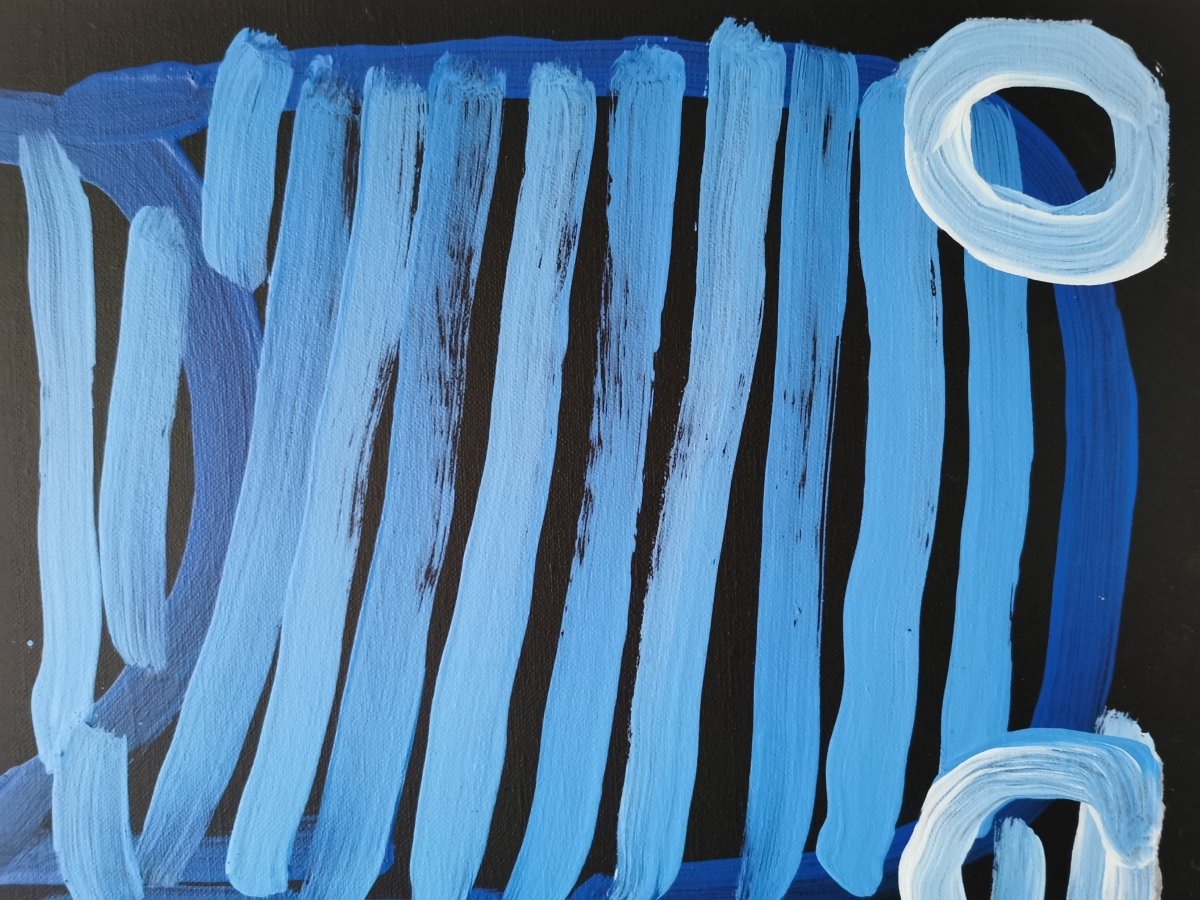


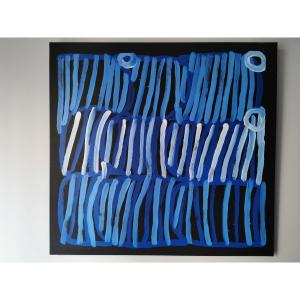






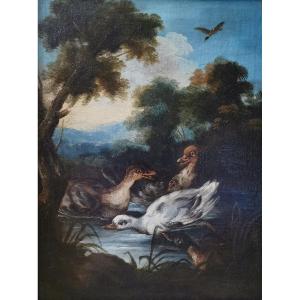
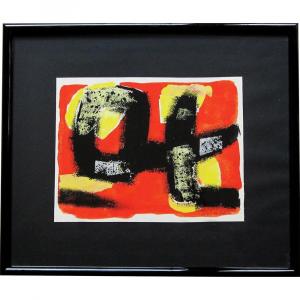


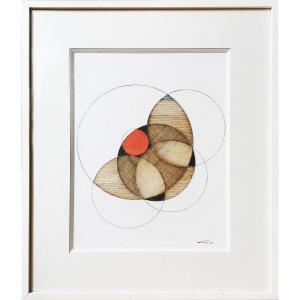




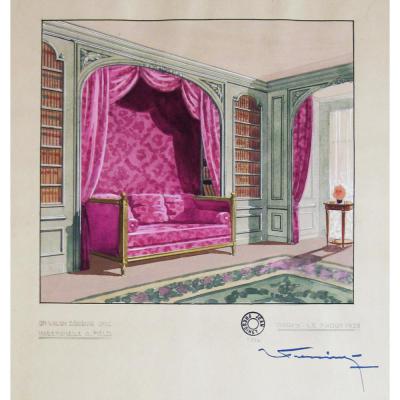
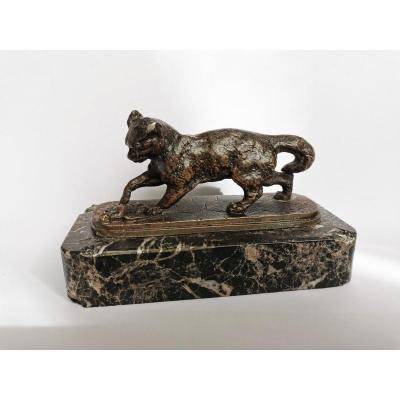
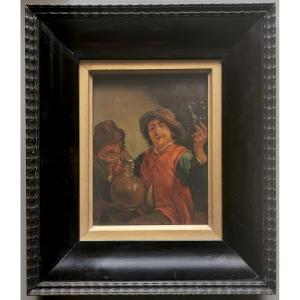
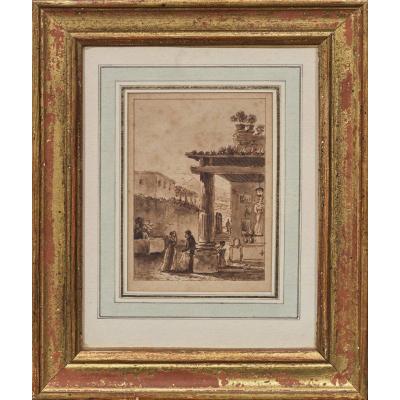
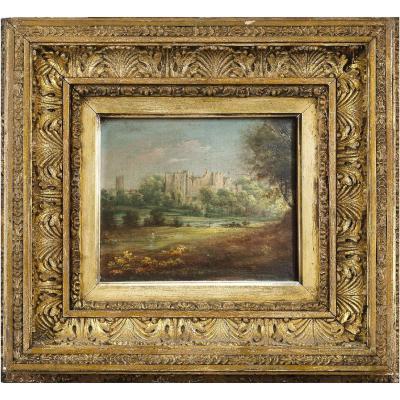


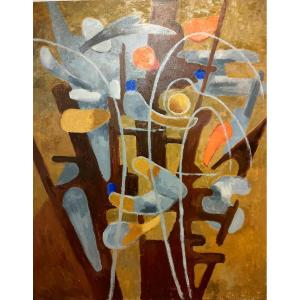
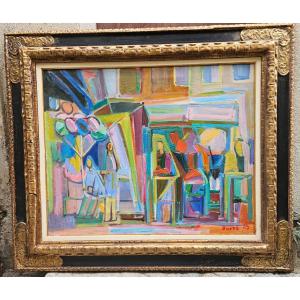




 Le Magazine de PROANTIC
Le Magazine de PROANTIC TRÉSORS Magazine
TRÉSORS Magazine Rivista Artiquariato
Rivista Artiquariato